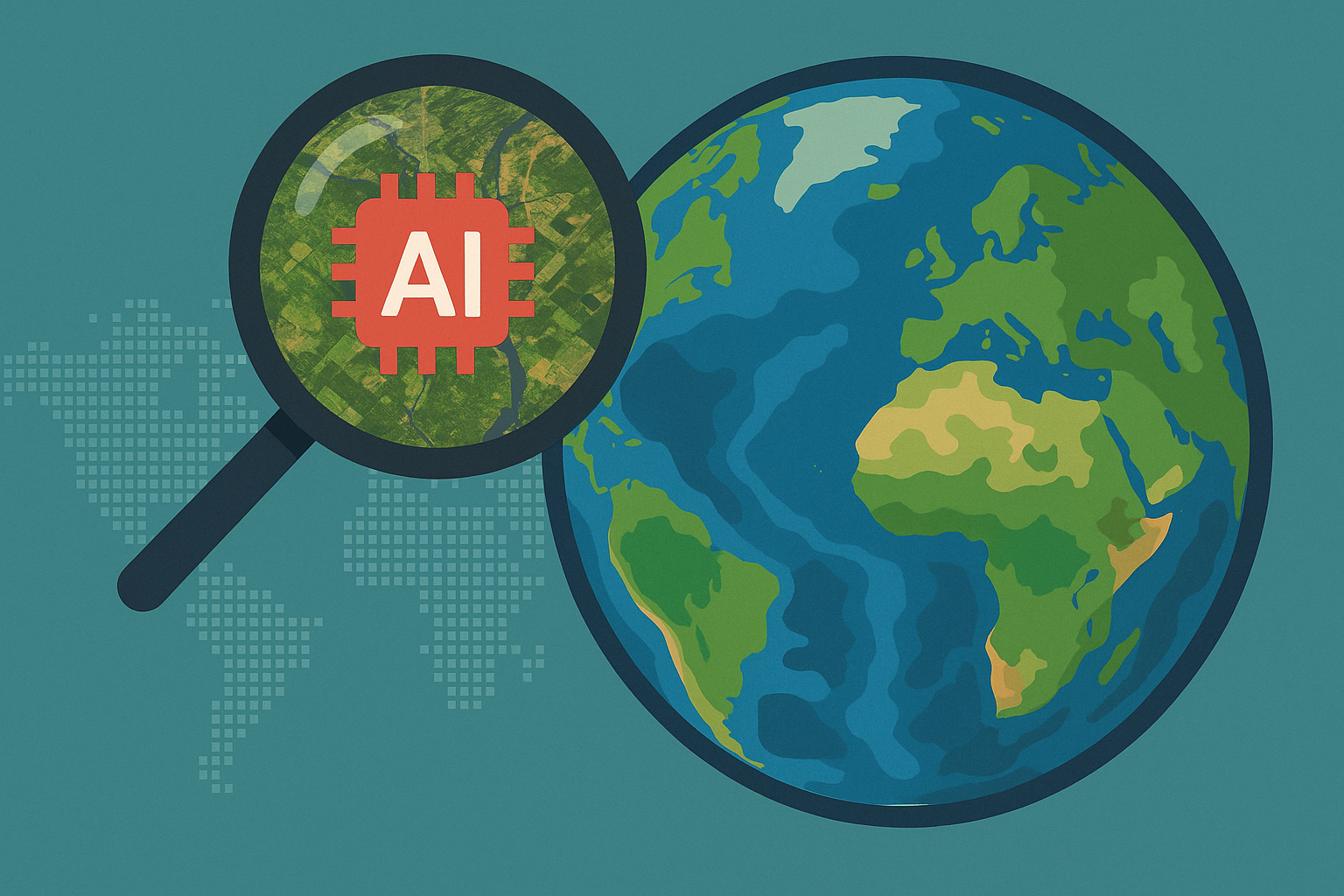
Google AlphaEarth AI Model Maps the Earth in Unmatched Detail
Google AlphaEarth AI model is redefining Earth mapping by turning trillions of satellite images, radar data, and environmental observations into a real-time, high-resolution map of the planet. Released by Google and its DeepMind AI division, the model serves as a “virtual satellite,” capable of visualizing changes across land and shallow waters at any location and time.
The Google AlphaEarth AI model allows scientists to identify optimal locations for clean energy projects, monitor ecological impacts of climate change, and track deforestation, among other use cases. With data covering 2017–2024 and updated regularly, it significantly reduces the time and energy required to process raw satellite data.
Hosted on Google Earth Engine, the model integrates multiple datasets into one seamless product. These include information on agriculture, deforestation, weather, and more. Unlike traditional satellite views, which only show attributes like color or cloud patterns, AlphaEarth converts this data into embeddings—digital formats that make it easy to search for features like tree species, buildings, or groundwater.
Each data point is mapped in detailed 10-meter square tiles, covering global land surfaces and coastal regions. This enables researchers to analyze our planet’s changes with unprecedented consistency and precision. “The scale is unprecedented,” said Stanford environmental policy expert Solomon Hsiang, though he also called for more transparency from Google regarding the testing datasets.
While Google claims it has released all necessary evaluation information, researchers like Nicholas Murray, who leads the Global Ecosystems Atlas project, emphasize that it’s up to individual scientists to validate the data’s reliability for specific research goals.The Google AlphaEarth AI model is expected to become a transformative tool in Earth observation, climate monitoring, and environmental research, offering a new level of access to our planet’s evolving story.






